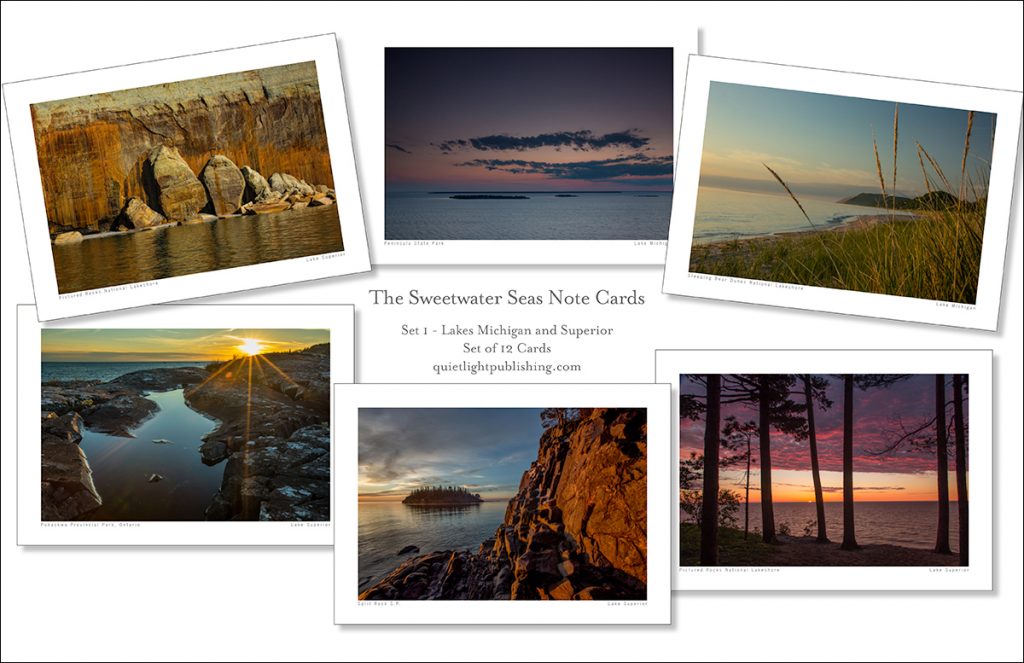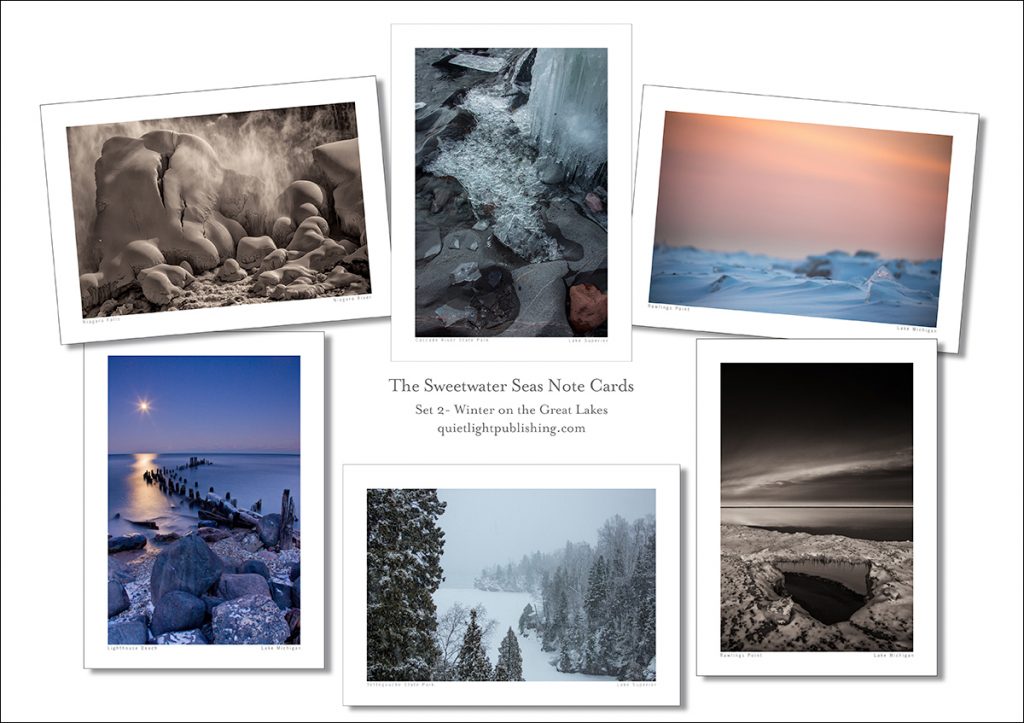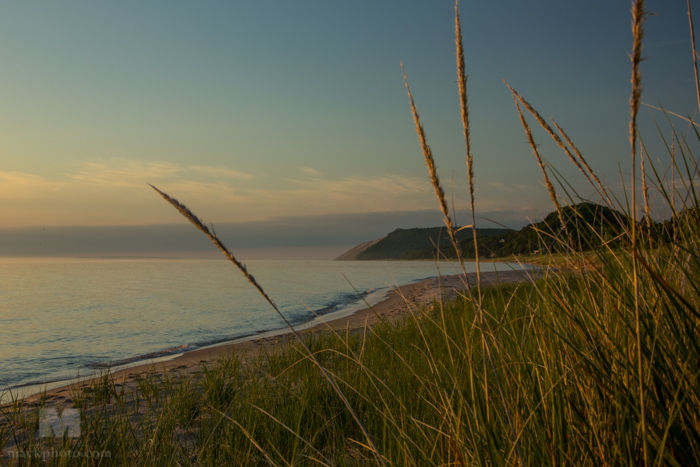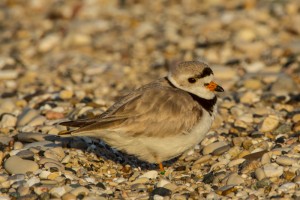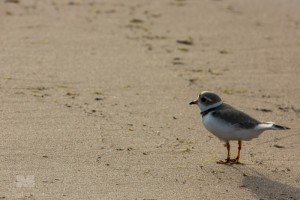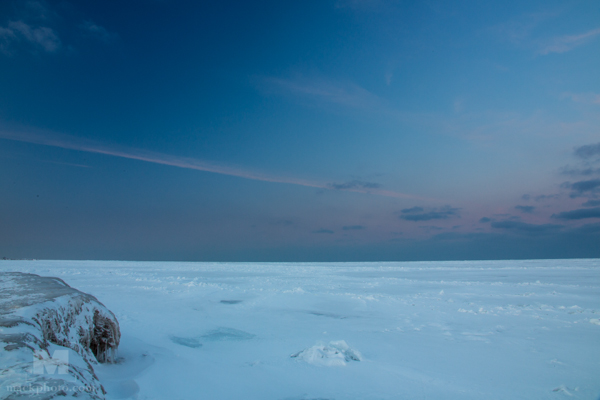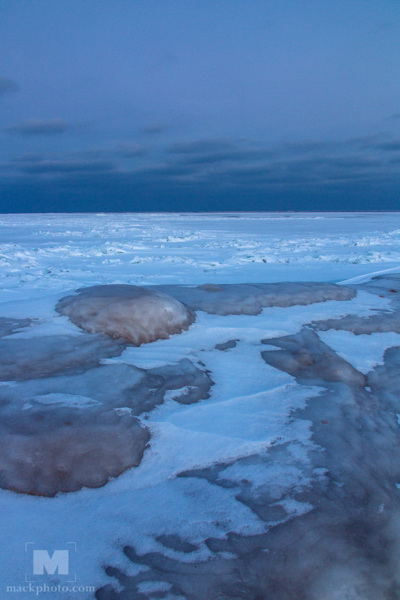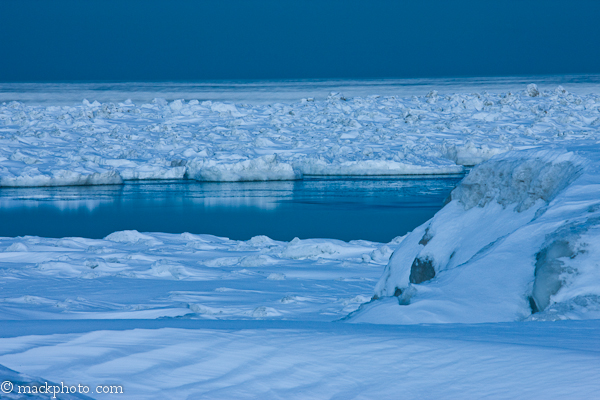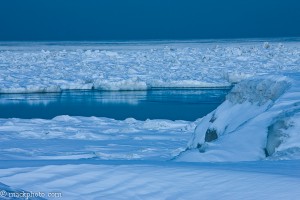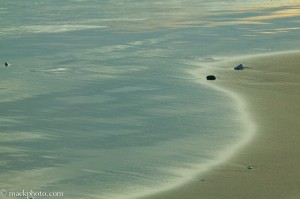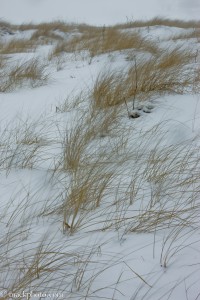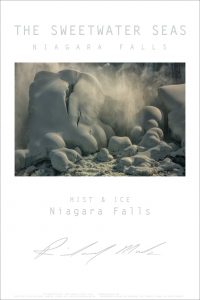
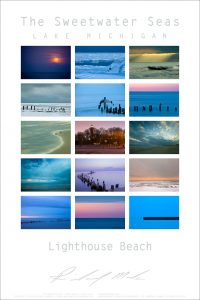 We have partnered with The Sweetwater Seas documentary team to offer these Fine Art Posters from their film on all five of the Great Lakes. We currently have 24 Fine Art Posters for sale on the Quiet Light Publishing storefront. They are available in two sizes – 24″x36″ and 20″x24″. Each is printed on Fine Art Archival paper to our exacting standards. You can see and purchase any of them using this link: The Sweetwater Seas Fine Art Posters.
We have partnered with The Sweetwater Seas documentary team to offer these Fine Art Posters from their film on all five of the Great Lakes. We currently have 24 Fine Art Posters for sale on the Quiet Light Publishing storefront. They are available in two sizes – 24″x36″ and 20″x24″. Each is printed on Fine Art Archival paper to our exacting standards. You can see and purchase any of them using this link: The Sweetwater Seas Fine Art Posters.
New The Sweetwater Seas Note Cards!
Quiet Light Publishing is proud to announce the release of two new sets of fine art note cards from Richard Mack as part of his The Sweetwater Seas project. The Sweetwater Seas is a documentary film about the Great Lakes and will also be a companion book published by Quiet Light Publishing.
These fine art note cards come from his extensive collection of images he has done so far on the project. The first set includes 6 images (2 cards each) from Lake Michigan and Lake Superior. The second set includes winter images from the Lake Michigan and Superior as well as Niagara Falls.
These make great gift ideas for the holidays. While more often than not we tend to text or email there are times you want to actually write a note to someone and these beautiful note cards provide you an excellent way to do just that.
You can purchase them in the Quiet Light Publishing shop by following this link:
http://shop.quietlightpublishing.com/
Enjoy!
Quiet Light Publishing
The Sweetwater Seas – Sleeping Bear Dunes
Last week I had the pleasure of working in Sleeping Bear Dunes National Lakeshore with George Elder as part of our Great Lakes Project The Sweetwater Seas a documentary on all five of the Great Lakes and their beauty and environmental issues and how we use these lakes.
We went to Sleeping Bear because it is not one of the most beautiful places on the Great Lakes it is one of two dunes which lay on bedrock so they have become tall and do not naturally sink back into the lakes. The other is the Au Sable Dunes on Lake Superior. We also went to shoot the story about of the US Fish & Wildlife and National Park Service has worked together to bring the Piping Plover back from near extinction to a growing group of birds. These tiny shorebirds nest right on the beach and continue to come back to the same areas they were born in. At one time they were down to about 7 pairs and are currently up to around 70 pairs. We were fortunate to have Vince Cavalieri and Sue Jennings worked with us. While we thought we might be able to see some parents sitting on their eggs they had all hatched the few days before we got there. But we were able to photograph and videotape hatchlings only a few days old along with their parents running along the beach. They are quick little birds so it took a lot to keep them in the frame! Especially as I was using a Canon 500mm lens, sometimes with a 2x convertor to make it 1000mm!
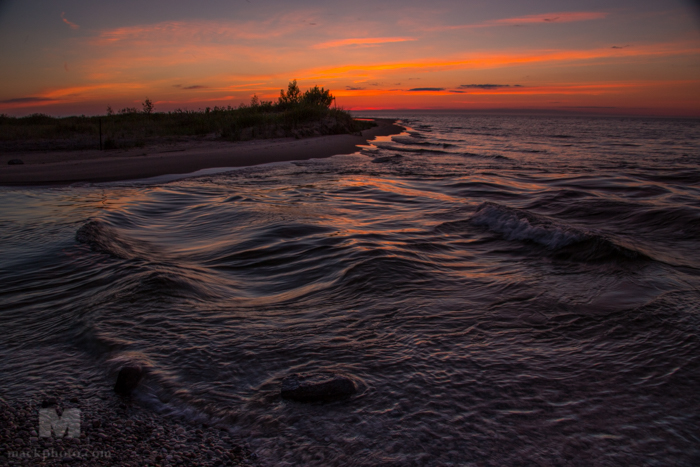
The dunes themselves gave us a look at the beauty found in Sleeping Bear National Lakeshore. Sunsets along the north shore of Michigan were stunning with clouds and fog giving us stunning views and clouds to capture on film and a background to show how people enjoy these places. Above is the confluence of the Platte River and Lake Michigan where the waves meet the current of the river.
To see more of the still images I shot you can use this link: www.mackphoto.com/BlogImages/SleepingBear Fine Art Prints will be available soon in the Quiet Light Publishing shop!
Cheers,
Richard
Winter and The Great Lakes Project
With 88% of all five Great Lakes frozen over it is a historic winter. As part of my Great Lakes Project and a book with the working title The Sweetwater Seas, you just have to shoot as much of the winter scenes you can. Lake Michigan is 77% frozen over with ice, hasn’t happened since 1993/94 winter. As an aside, the book project has become a bit more interesting and I am currently working with a TV Producer and a writer to see if more can be done with this project. It has been very interesting and insightful to get other folks input into one of my book projects rather than working it alone. We have refined the direction of the project and as all projects do you may plan on going one way and end up a totally different direction.
Yesterday I was planning to fly around Chicago and make some late afternoon images of the city with the ice out on Lake Michigan. Yet the day’s overcast didn’t lift as expected by noon, so we waited and waited and I kept in touch with my pilot until I had to make the final decision of go or no go. Because the sky was still a high overcast it would have been just a blown out white sky – not what I was looking for. With great reluctance based on what I could see, what the satellite images said and my gut feelings I made the choice to call it a day and try again soon before it all melts. And of course right after I made the no go call the sky cleared! It would have been one of those days where you were either a hero with a great shot or the goat because it just didn’t work.
Because it was also a full moon evening I went down to Lighthouse Beach once again. With the clouds still on the horizon to the east I knew seeing the moonrise in time to get a shot of it would probably not be in the cards. Yet the beauty of the sky and ice gave me a lot of things to do in a few ways. The 15-20 foot ice cliffs with the thinner ice out beyond in white were beautiful in the evening light.
Changing your expectations of what you planned on at any one time often leads you to unexpected pleasures. Going with the flow of the day can lead to something not planned and yet maybe better than what you had planned – you may never know. I am very happy with what I found on the beach that evening. I am glad I wasn’t so disappointed with not flying that I didn’t come on down to the beach. The clouds kept the moonrise out of sight until it was too dark to get a good photograph so my hope of getting the moon and ice this year has disappeared. Yet other images did present themselves.
Ironically as I pulled into my garage I saw the moon up in the sky – way too late for any photography. For the most part it is always best to shoot the full moon the day before, in this case on the 13th not the 14th because it rises about an hour before sunset giving you enough light in the landscape to balance with the exposure for the moon. The last shots I did were over 2 seconds in length, so the moon would actually move in the exposure and make it look oval.
Too see more images use this link: http://www.mackphoto.com/BlogImages/LHB140214
Other Winter Images and Video’s from this year as part of this project can be seen with these links:
http://www.mackphoto.com/BlogImages/LighthouseBeachWinter/
http://www.mackphoto.com/BlogImages/RawlingsPt/
http://www.mackphoto.com/BlogImages/ChicagoWinter/
http://www.mackphoto.com/Creative/video-LakeMichiganWinter.php
Cheers,
Richard
A New Project – The Great Lakes Project
This year I am really focused on a new project and book on all five Great Lakes, currently titled Twenty/Ninety-Five, The Great Lakes Landscapes. This book will focus on the fact that 20% of the world’s fresh water and 95% of North America’s fresh water are held in these five bodies of water. Think about that. Twenty percent of all the fresh water in the world. Include all the lakes, ponds, streams, rivers and snow and 20% of the water sits in these lakes. And currently there are 42 million people who live along these lakes. Indeed mankind has lived on these lakes for thousands of years yet it is only in the last few centuries that mans impact has been felt in such great ways. I want to look at that impact and how we can insure that our children will have the same benefit of these lakes and natural areas. The book will look at the statistics on the lakes and focus on both the natural and wild areas in the lakes watershed and on some of the cities and industries which lie along the lakes, including how we use the lakes for recreation and commerce. I intend to blog along the way on this project. And since the first trip is upon me next month it is time to start. I hope you’ll join me on this voyage and follow my blog as I examine these great lakes of ours. Like most who live along the lakes for most of their lives I have not been to most of the 10,000 miles of shoreline. I will enjoy opening up my eyes to new places. I hope folks will share their thoughts of their favorite places on the lakes as we go along as well and I invite everyone to leave comments on posts they enjoy or with places they love. This is also an evolving project, one not limited to a book, but to the possibilities of an e-book with video, gallery shows of images and art installations, writings from those working to save the lakes and research the ecology of the lakes. Now a lot of folks who know me know I’ve been working on this off and on for the last few years, but now it is time to really get serious about it and concentrate on this project. So the adventure begins…
The other day a friend asked me, “So what did you do today?” My answer was complete with all the tasks we undertake during a day and also included my work on my next big project of photographing the Great Lakes. As I explained I was preparing for a trip around Lake Superior in late February she was surprised at how much planning I was doing. Yet to make sure you come back with images you can use and not just nice snapshots from your trip you need to plan. And planning takes time and energy.
I look first to the stars. Will the moon be full during my trip? If I want to have a chance at a full moon shot where do I think I want to be when it happens? Do I need to change my dates for the trip to get a better chance for being in the right place at the right time? What is my goal for this particular trip? Then looking at maps, books on the area, online websites you begin to make a determination for where you want to go. In this case it is even more challenging because I have not been to the Canadian side of Lake Superior and do not know what access I might have in the winter. Searching blogs and online sites gives me some idea. Certainly there will be a lot of serendipity involved in a trip of this kind, from the weather and the light, to the ice flows themselves and my access to the lake. All I can do is prepare myself the best way possible and know the maps and my own game plan. Will it change mid trip? Probably, but with proper planning I can know why and where to turn next. And then serendipity can play with me and I will be ready to capture those intimate moments because I had a game plan in the first place.
The trip is scheduled to start the weekend of February 25th. So for now you can see some of the shots I have done in the past on the Great Lakes using this link to a portfolio of images on my website. http://www.mackphoto.com/Creative/l-lakes.html (sorry this is in Flash so those with iPads or iPhones won’t see it until they use another way)
I look forward to hearing all of your thoughts on this project!
Peace,
Richard
